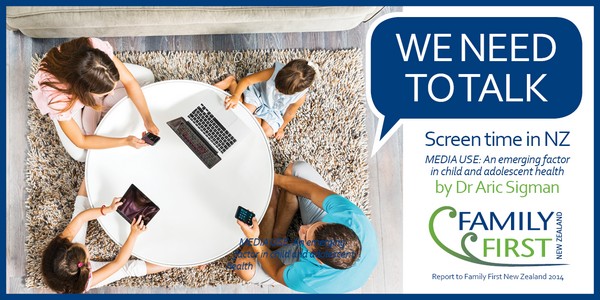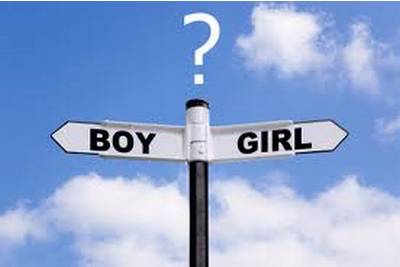Illegality Keeps Cannabis Use Low & Decreasing – Youth’19
 Media Release SayNopeToDope NZ 14 August 2020
Media Release SayNopeToDope NZ 14 August 2020
The SayNopetoDope campaign says that new data from Youth19 Rangatahi Smart Survey has confirmed that the illegal status of cannabis is keeping young people from experimenting with cannabis in the first place, that students progressing to ongoing and regular cannabis use is very low, but that legalising it would reverse these gains.
While just 23% of students reported ever using marijuana – dropping from 38% in 2001 – only 4.1% were consuming it on a regular basis, much lower than in 2001 when it was 6.5%. The report says that most students do not use marijuana or other drugs. Maori use marijuana on a regular basis at a higher rate (8.5%) than Pakeha (3.3%) and Pacific use (3.6%). However, even Maori rates have dropped from a high figure of 13.9% in 2001. Asian youth use is low.
In contrast, 22% reported binge drinking in the past month, and remains high compared with other countries.
Research published 12 months ago in the New Zealand Medical Journal has shown a long-term decline in the number of secondary school students’ “lifetime cannabis use”, and the proportion using cannabis weekly (or more often) halving. Commentators say that cannabis use among teens is dropping thanks to changing attitudes towards ‘risky behaviours’.
According to the Royal Society Te Aparangi 2019 report, marijuana use, particularly frequent use starting from a young age, can harm mental health and have other negative effects.
“The researchers in this latest study correctly state that ‘there are factors that more directly address substance use and addictive behaviours such as ensuring harmful substances are not available in communities, and adults role modelling healthy choices and not supplying substances’. Legalisation will undo all this great progress by normalising drug use and making it more available and more evident in communities,” says spokesperson Aaron Ironside.
“We support a health-based approach where young users are discouraged from usage and sent a clear societal message that they should be drug-free, while also offering counselling and addiction services to assist them away from drug use. Sometimes this will involve the stigma and coercion of the law.”
These New Zealand stats come at the same time as the state of Colorado has found that marijuana use has skyrocketed in the last two years with nearly 21% of young people in the state reporting past month use. Notably, use in young teens (aged 15 and younger) has increased 15.5% from 2017 (the last time data was collected).
According to the data, part of the Healthy Kids Colorado Survey, since 2017, past month marijuana use among those aged 15 or younger has increased 14.8%, 16 or 17-year-olds has increased 3.0%, and 18 or older has increased 1.9%. Overall, marijuana use amongst all age groups has risen 6.2%.
In a disturbing development, teens report an alarming increase in their use of ultra-potent pot products in the form of dabs and vapes. More than half of high school students (52%) who use marijuana reported that they dab marijuana to get high – up from 34.4% just two years ago.
In addition to highlighting the increases in dabbing and vaping, the Colorado Department of Public Health and Environment noted that the percentage of youth who drove after using marijuana more than tripled in two years. And in states where recreational marijuana has been legalised, teenagers are suffering higher rates of addiction.
The Substance Abuse and Mental Health Services Administration (SAMHSA) released the 2017-2018 National Survey on Drug Use and Health (NSDUH) State Estimates in December 2019, and found that past year and past month marijuana use among 12 to 17 year-olds in “legal” states increased around 3.5%, each from 2016-2017 to 2017-2018.






